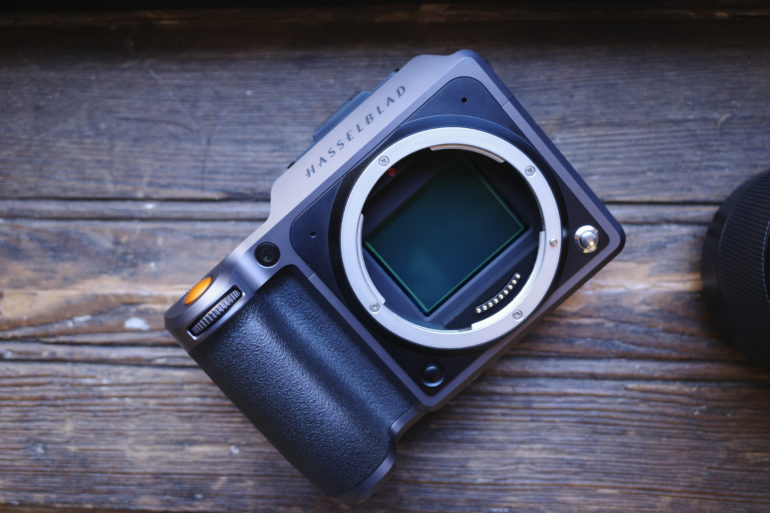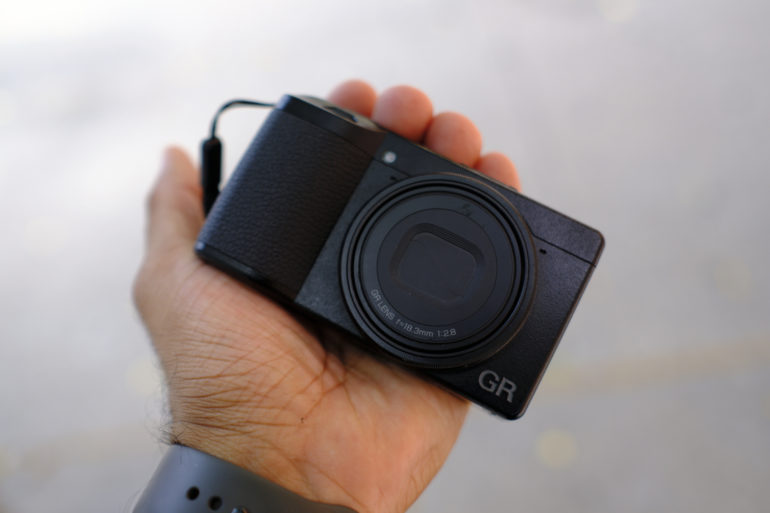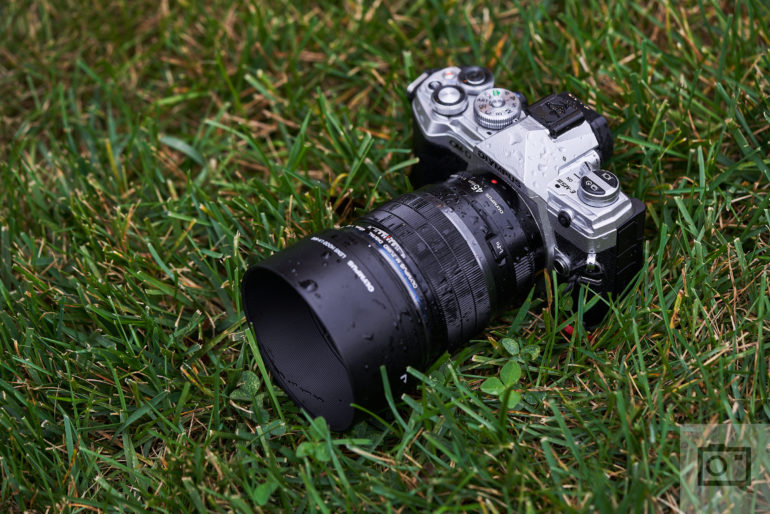
The year 2019 was quite an exciting year for cameras. Why? Because many brands switched from DSLRs to mirrorless, medium-format cameras found a new footing in the DSLR world. While everything was still in its infancy, each of these companies showcased that if there is a will, there will be innovations. Here is a look at some of the best cameras from that time and some that won’t stand a chance today.
Get It: Sony a6400
The Sony a6400 is a 24MP APS-C camera with 425 phase-detect AF points and a burst rate of 11 fps with continuous AF. There is also the same OLED EVF as the a6300, video recording of 4K/30p, and ISO up to 102,800. What we liked about the camera is its pricing, fast and accurate autofocus, excellent image quality, and burst rate. There is also better real-time AF, 4K video, which makes it a “solid midrange interchangeable lens camera.” For this reason, the camera gets five out of five stars in our review.
Get It: Fujifilm GFX 50R
Winner of our Editor’s Choice Award, the Fujifilm GFX 50R is quite a gem. The camera has a 50MP medium format sensor, 2.36M-dot touchscreen LCD, exposure compensation of -5.0EV, and 17 film simulation modes. The device offers excellent high ISO images, good synch speed with the Profoto Air system, great weather sealing, lightweight, and ergonomics. As we said in our tests, “The Fujifilm GFX 50R is a camera that is meant to be out there with you. This is reflected in the autofocus, the size, the weight, the overall philosophy behind the camera, and the feel.”
Get It: Sony A7R IV
A full-frame camera, the Sony a7R IV offers a 61MP full-frame back-illuminated Exmor R sensor, which was a world first back when it was launched. There is a 15-stop dynamic range, 14-bit uncompressed RAW, and an ISO range of 50 to 102,4005. You also get 425 AF points, a burst rate of 10fps, 4K video, and a 5.76 million dot UXGA OLED EVF. What we liked was the ergonomics, weather sealing, accurate autofocus, RAW files, and the build. The images are packed with details, and the colors are amazing.
Get It: Fujifilm X Pro 3

The Fujifilm X Pro 3 is one of the best APS-C cameras the company has ever produced. The device offers a 26MP X Trans sensor, dual SD card slots, a 1.62 million-dot tilting LCD, and a 3.69 million-dot OLED EVF. It also has multiple film simulation modes, an ISO up to 51,200, and weather sealing. The classic negative is a great addition, the autofocus is reliable, the multiple exposure is wonderful, and the face detection is fantastic. The video feature is good, the JPEG image quality is great, so you don’t have to edit too much either. A device like this will be appreciated by photojournalists and wedding photographers.
A Camera to Avoid: Hasselblad X1D II

The Hseelblad X1D II is a medium-format camera featuring a 50MP sensor, 117 contrast detection AF points, and an ISO up to 25,600. While the camera offers excellent images, a few things are holding it back: autofocus in low light, slow autofocus, no face or eye detection, and pricey compared to the GFX 50R. As we said in our review, “I’m also certain you’ll love the image quality if you’re patient with the camera. Still, it would be remiss of me not to remind you that there are cheaper Medium Format cameras out there that are suitable for more than just a few genres of photography.”
A Camera to Avoid: Ricoh GR III

The Ricoh GR III is an almost perfect camera. It has a 24MP APS-C sensor, a 28mm equivalent f2.8 lens, a 1,037,000 TFT LCD, and a frame rate of 4fps. While the camera offers exceptional JPEG quality, good battery life, and compactness, it also has slow autofocus, no weather sealing, and no pop-up flash. The menu is confusing, and the lens is slow for an APS-C, and you also get no viewfinder or tilting LCD. As we said in our review, “In my opinion, the Ricoh GR III is too much of a niche camera. For $899, you can get so many other things instead. Skip out on this and either get a fine film point and shoot or an older digital camera with a lens to call it a day.”
A Camera to Avoid: Sony a6600
The Sony a6600 is an APS-C offering with a 24MP sensor, 5-axis image stabilisation, 425 AF points, and a 921,600-dot LCD. It can record 4K videos at 30p, has an 11fps burst rate, and has a battery life of 810 shots on a single charge. In our review, we found the camera has many cons over its pros. For instance, there is no joystick, no dual card slots, and the image quality breaks over ISO 1600. There is no USB-C charging, no third exposure control, and no multiple exposure mode. It’s better to skip this, as it has minor improvements.
A Camera to Avoid: Olympus OM-D E-M5 Mark III

Olympus makes some rugged cameras. The Olympus OMD EM5 Mark III is one device that features a 20MP MFT sensor, TruePic™ VIII Quad Core processor, 5-axis image stabilization, 2.36M dot OLED EVF, and 30fps of burst rate. The camera offers versatile RAW files, but the build is plastic-like. There is only one UHS-II SD card slot, a lack of a joystick, poor battery life, a confusing menu, and barely any innovation after a long-delayed launch. As we said, “But truth be told, we couldn’t help but feel underwhelmed with the upgraded components Olympus chose to outfit the EM5 Mark III with. The sensor, image processor, and autofocus system were all taken from the now three-year-old EM1 Mark II.” So, sit this one out.
We do hope this list helps you choose the best. Some of the cameras really changed the way designs were made back in 2019.

